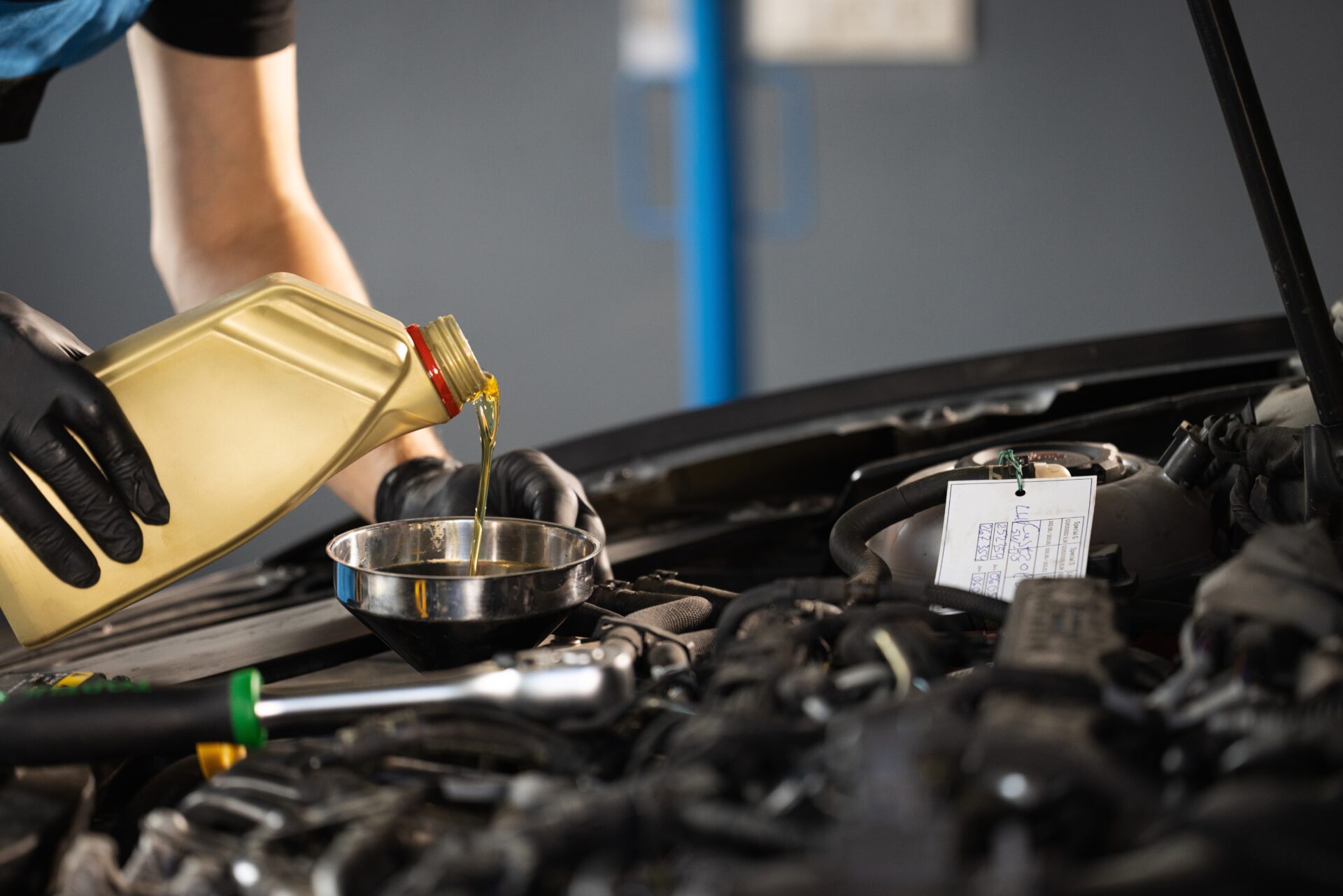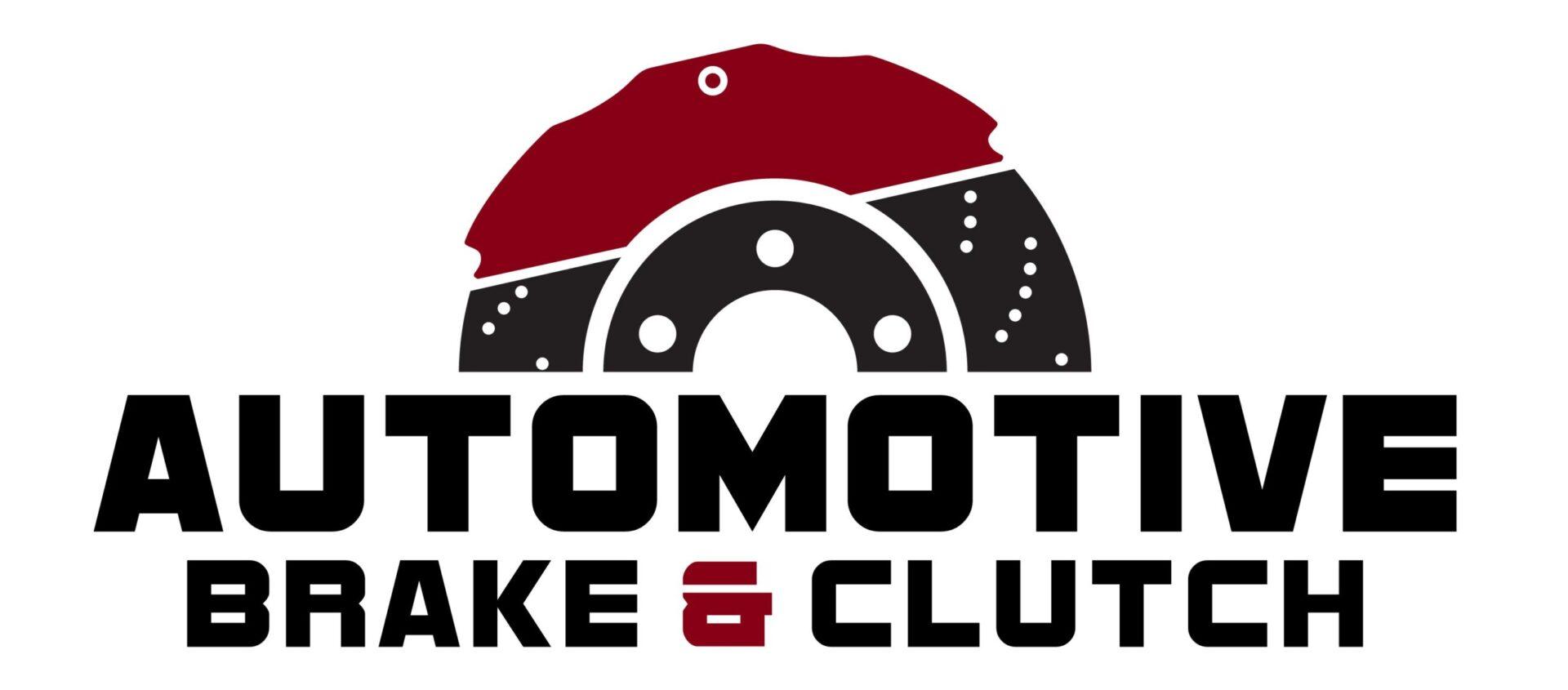PREVENTIVE MAINTENANCE – Commercial Vehicle Upkeep

Expert Preventative Maintenance (PM) for Commercial & Heavy-Duty Trucks in San Antonio, TX
Protect Your Investment with Proactive Maintenance
Regular oil changes, detailed inspections, and comprehensive **Preventive Maintenance (PM) services** are absolutely crucial for extending the operational lifespan and maximizing the efficiency of your **semi-truck, commercial fleet, or industrial vehicle** here in San Antonio.
Be Proactive: The Benefits of a PM Plan
Unscheduled, reactive maintenance results in costly repairs and unacceptable downtime. By partnering with our specialists to develop a consistent and effective preventive maintenance plan, your business will immediately benefit by:
- **Reducing Breakdowns and Costly Repairs:** Catching minor issues before they become major failures.
- **Improving Safety and Operational Reliability:** Ensuring compliance and driver confidence.
- **Increasing Productivity and Uptime:** Keeping your commercial assets on the road, generating revenue.
- **Reducing Overall Operating Costs:** Optimizing fuel efficiency and minimizing repair frequency.
Creating a Comprehensive Preventive Maintenance Checklist
While we tailor every preventative maintenance plan, developing a robust strategy involves key steps and checks that our experts perform:
PM Strategy Development:
- **Consult the Vehicle Manual:** We begin by reviewing the manufacturer’s recommendations for maintenance and repair intervals.
- **Determine Frequency:** We establish a precise schedule for each task based on your fleet’s specific usage (mileage, hours, operating conditions).
- **Develop a Record-Keeping System:** We create a system to track, document, and evaluate your preventative maintenance history to demonstrate compliance and asset health.
Comprehensive PM Checklist Tasks:
Our comprehensive checklist goes beyond simple oil changes, covering every critical component for optimal commercial vehicle operation:
- Engine oil and filter changes & Transmission fluid checks.
- Fuel system maintenance & Cooling system checks.
- Engine and transmission mounts & Drive shafts/CV joints inspection.
- Belts and hoses replacement & Full tune-ups.
- Electrical system component testing (Battery, Alternator, Starter).
- **Complete Braking System Maintenance** (Air and Hydraulic).
- Steering, suspension, tire, wheel, and rim maintenance.
- Exhaust system checks & Undercarriage and frame inspections.
- Exterior/interior light maintenance, body, glass, mirror, wiper, horn, and seat belt checks.
Implementing and Evaluating Your Preventative Maintenance Plan
Once your plan is developed, successful implementation and ongoing tracking are key. Our partnership ensures you consistently implement your plan and track the results. We regularly review and evaluate your plan to:
- Identify areas for improvement based on vehicle performance data.
- Adjust the frequency of tasks based on real-world wear and tear.
- Add or remove tasks as required by vehicle model, age, or commercial use.
Trust the PM Experts at Automotive Brake & Clutch in San Antonio
Our specialist mechanics can help you develop and implement a tailored preventative maintenance plan, focusing on commercial asset preservation. Contact us today to learn more about our PM services and how we can help you **reduce downtime and significantly improve the overall efficiency of your commercial vehicles.**
Call us at (210) 661-9658 to start your PM Partnership!

